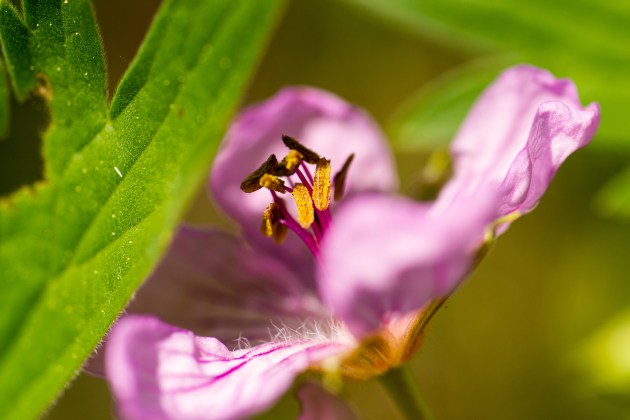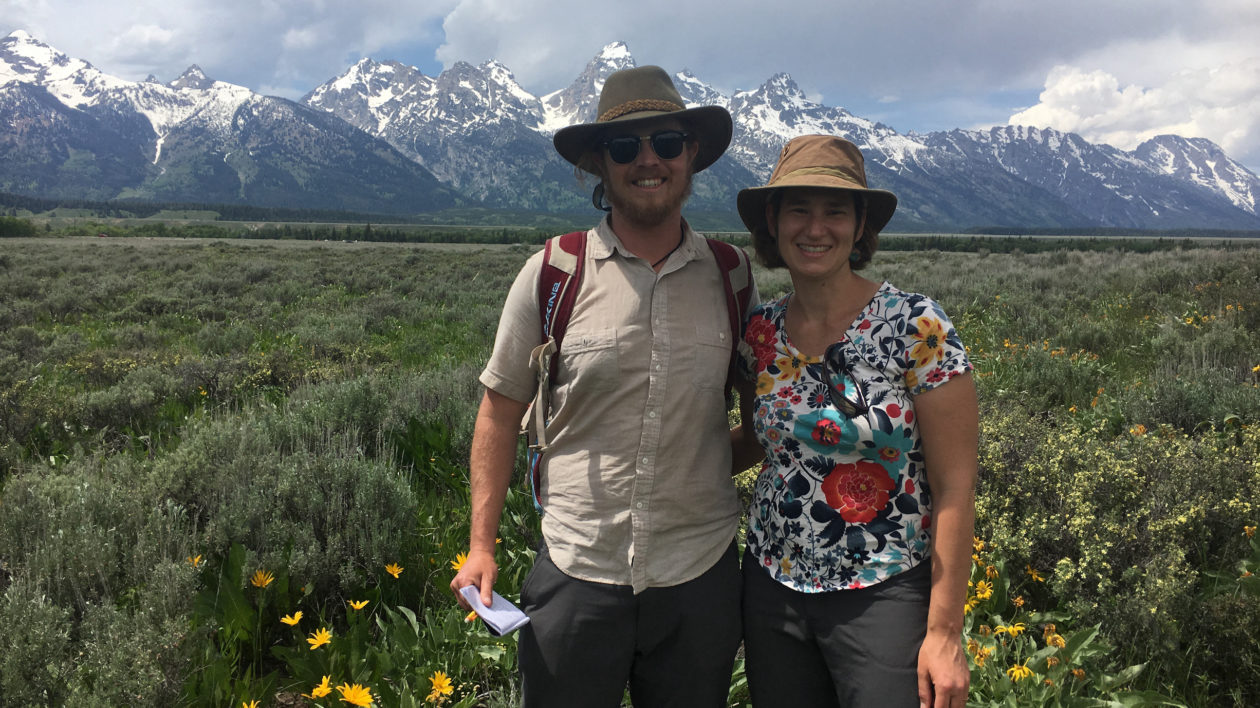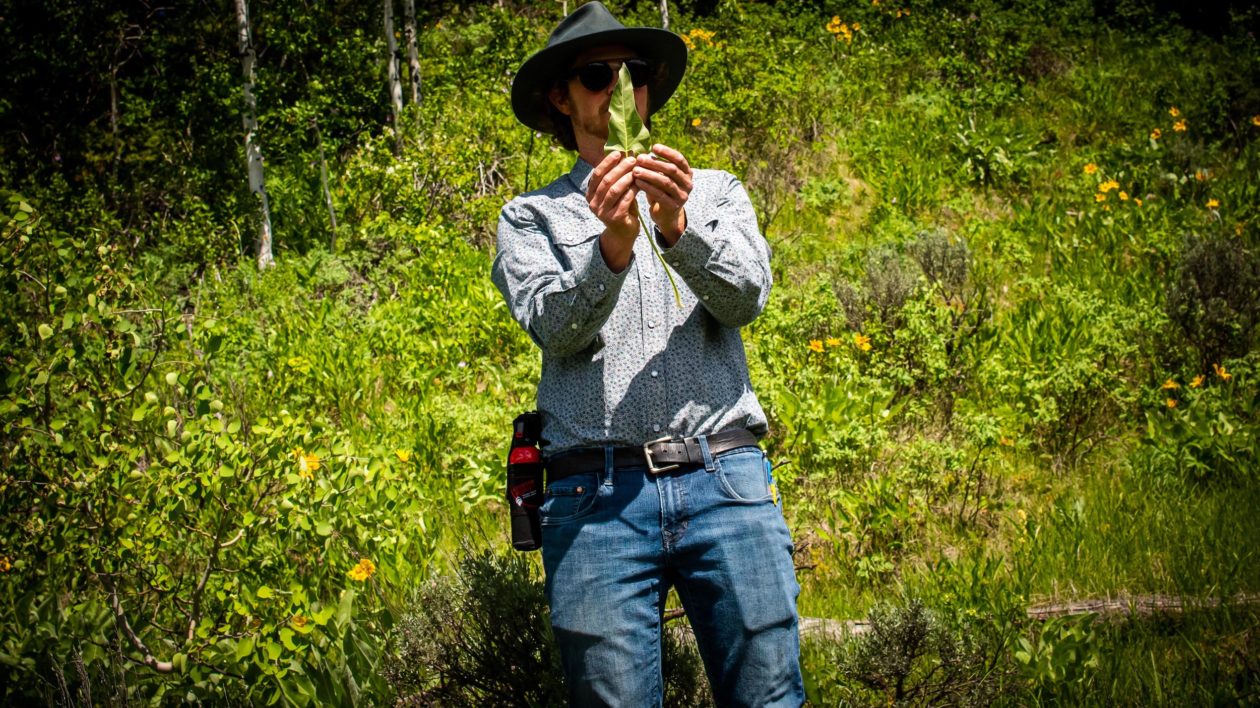You walk into a grocery store only to find the shelves empty of your favorite food. Most of us have experienced this recently. It can be annoying, but not life threatening. That’s not quite the same for wildlife that have fewer options to choose from.
If all the wild berries have gone to seed before bears need them to load on weight for hibernation, that’s serious. Same thing for sage grouse hens that depend on the plants and the insects that arrive in spring for food when they’re nesting and fledging their young.
But climate change is knocking the timing of flowering and fruiting out of whack for many plants in the Greater Yellowstone Ecosystem according to a new study authored by scientists at The Nature Conservancy (TNC) in Wyoming.
The study focused on the seasonal timing, or phenology, of dozens of plant species in the Grand Teton area of the Greater Yellowstone. What they discovered is that spring flowers are blooming an average of 17 days, some as many as 36 days, earlier than reported in the 1970s and 1980s.
That correlates with spring snowmelt occurring on average 21 days earlier over that same period and average spring temperatures rising 2 degrees Celsius (about 4 degrees Fahrenheit).



In the Footsteps of a Visionary
This study benefitted greatly from the foresight of pioneering scientist, Dr. Frank Craighead, who was best-known for decades of grizzly bear research and conservation in the region alongside his twin brother, John.
In 1973 Craighead began carefully documenting the first flowering events for many plants in parts of the Greater Yellowstone Ecosystem. A few years ago, TNC’s Wyoming Director of Science, Dr. Corinna Riginos, recovered Craighead’s original notes from the basement of his old cabin with the help of Craighead’s son Charlie.
Some were faded type-written, others hand-written in Craighead’s hasty and hard-to-read cursive. Riginos and TNC community ecologist Trevor Bloom used the notes as a baseline and retraced Craighead’s steps, collecting current-day phenology observations on more than 50 of the same plant species as Craighead had studied.

“Historic records like those of Frank Craighead are few and far between,” said Bloom. “They are a window into the past. Many of his notes were singed on the edges, saved from his burning cabin by his sons and nephews. They understood the value of these archives and risked their lives to save them.”
Similar studies have been done elsewhere, including using Henry David Thoreau’s notes to track how the seasonal timing of wildflowers has shifted at Walden Pond.
The impacts are not limited to the Greater Yellowstone.
Sagebrush steppe blanket millions of acres in the Western United States. As climate change alters plant cycles there, wildlife from mule deer, elk and pronghorn, grizzly and black bears, to a wealth of grassland birds, including imperiled greater sage-grouse, could be affected.

Understanding the changes occurring among the plants can help land managers assist plants and animals to adapt to climate change.
“For example, understanding these altered bloom patterns, can help restoration planners chart out the best seed mixes of native plants – a mix of plants that will provide a more continuous buffet rather than all blooming and fruiting at the same time. This kind of planning is needed to effectively help nature adapt to our changing climate.”
Bloom is also working with citizen scientists collecting phenology data on a dozen plants along two popular trails near Jackson, Wyoming. The Wildflower Watch program allows volunteers in Wyoming and visitors to Grand Teton from around the world to continue observations beyond this research program, collecting a long-term record of change and raising the awareness of volunteers about climate changes in their own backyards.
That’s giving people a sense of hope and the incentive to take action to fight this global threat.




Join the Discussion